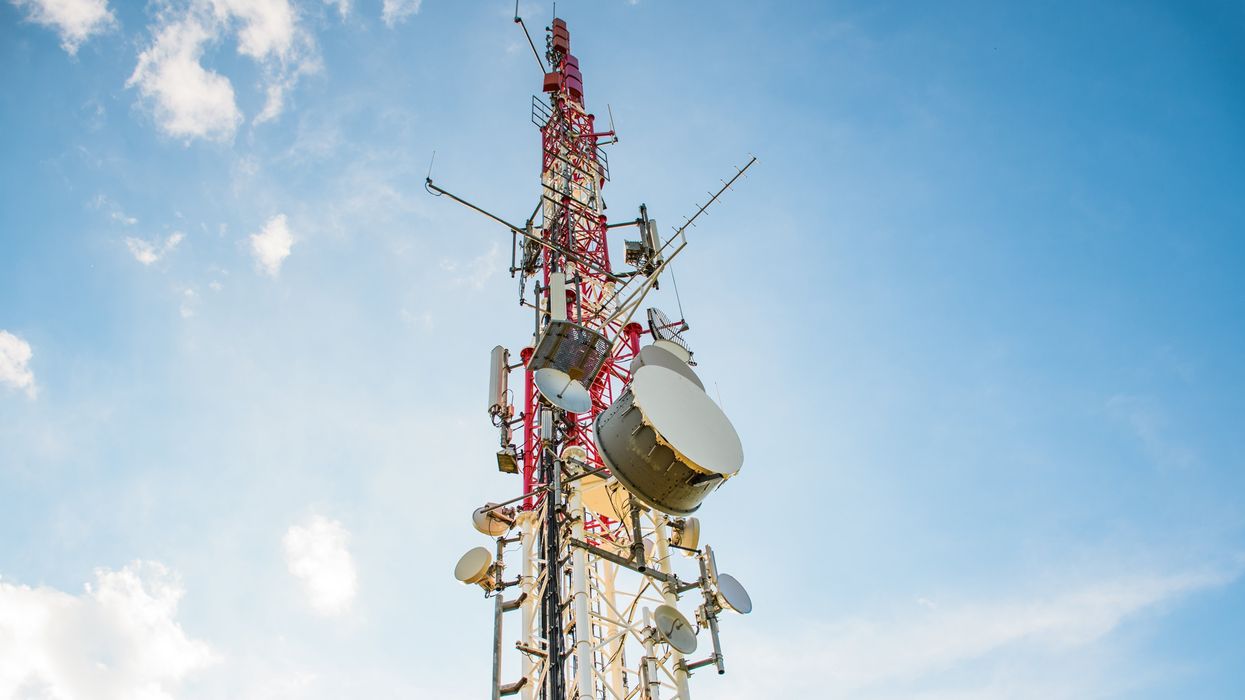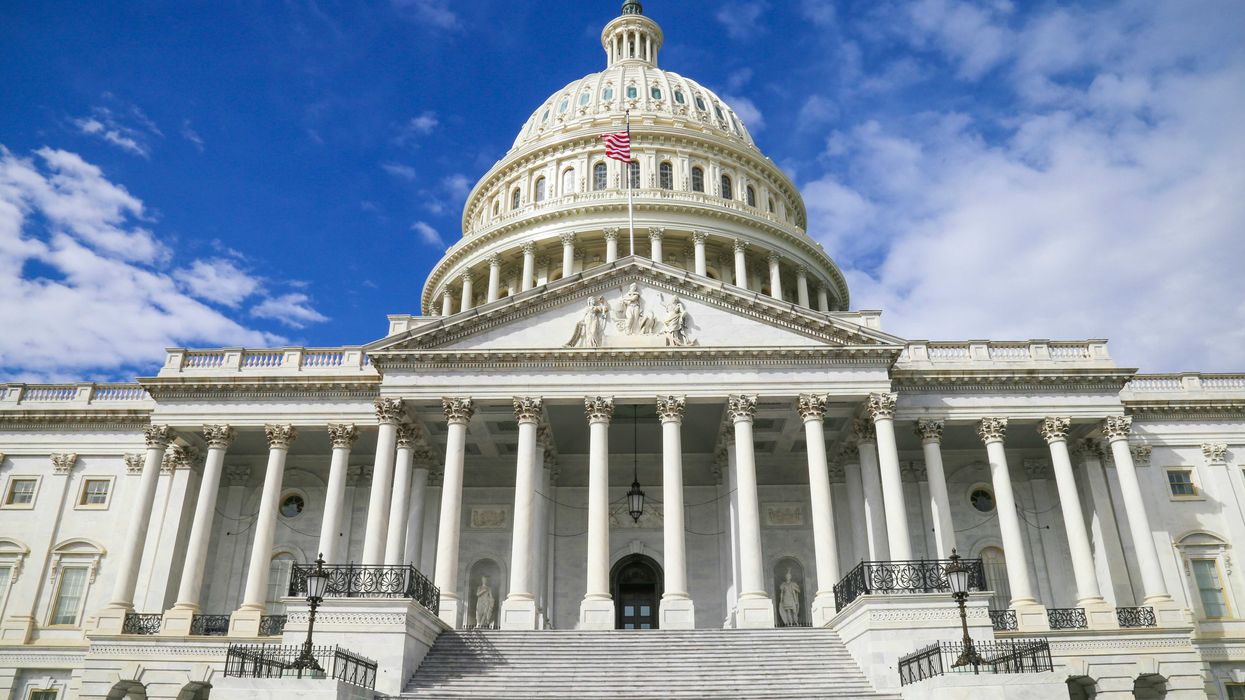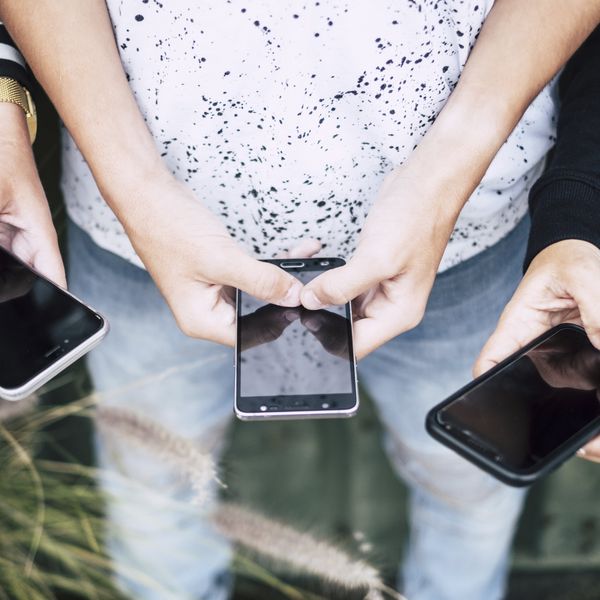In a recent study published in Electromagnetic Biology and Medicine, researchers surveyed residents in Mizoram, India and found that people with higher levels of radiofrequency (RF) radiation in their homes from nearby mobile phone base stations (including cell towers, cellular antennas, and 5G small cells) reported more health issues compared to those living further away and with less in-home exposure.
In short:
- Individuals who lived close to mobile phone base stations (within 50 meters, or about 164 feet) and had higher RF radiation levels measured in their homes reported significantly more health symptoms, including anxiety, memory problems, inflammatory issues, and joint and nerve pain.
- Among these highly-exposed individuals, residents younger than 40 experienced more inflammatory issues (such as headaches, allergies, chest pain, and increased infections) than older residents.
- The study authors conclude that the current body of research provides adequate evidence to justify changes to policy and technology design aimed at mitigating exposure risks.
Key quote:
“The study results indicate that exposure to RF-EMF at levels lower than the Government recommended general public ‘safety’ threshold can still lead to significant health challenges.”
Why this matters:
This study adds to growing scientific evidence on health effects linked to cell tower and wireless infrastructure radiation. A 2022 review of the scientific literature on the health effects of RF radiation emitted by cell towers linked exposure to radiofrequency sickness, cancer and biochemical changes. In the U.S., RF radiation safety limits have remained unchanged since 1996 and are only designed to address the short-term effects of exposure, but do not account for the long-term, continuous exposure of cell towers.
Exposure is ubiquitous and involuntary. A 2016 study out of Australia found that kindergartens near cell antenna sites (within 300 meters, or around 984 feet) had nearly 3.5 times higher RF radiation levels than those with cell towers further away. Many countries have cell tower regulations 10 to 100 times more restrictive than the U.S. Several local U.S. school boards have banned new cell towers on school property to protect staff and student health. The authors of this study emphasize that it’s crucial to “critically reassess current public RF exposure safety limits” in order to minimize exposure and reduce the risk of potential long-term health consequences.
Related EHN coverage:
- Missouri school faces cancer inquiry as parents question health risks from cell tower
- New study finds chromosomal changes in residents living near cell phone towers
More resources:

- Are Cell Towers Safe? The science and policy issues of cell towers.
- Scientific Appeals on Wireless and EMF Health Effects
- Factsheet on Worldwide Limits For Cell Phone Tower Radiation
Sailo, Lalhruaitluangi et al. for Electromagnetic Biology and Medicine. June 8, 2025
- The FCC is supposed to protect the environment. It doesn’t ›
- New study finds chromosomal changes in residents living near cell phone towers ›
- Vermont: Manchester Selectboard rejects Verizon cell tower proposal, citing health concerns ›
- Parents push for school transfers after cancer concerns near cell tower in Missouri district ›
























